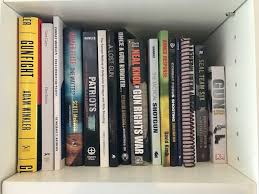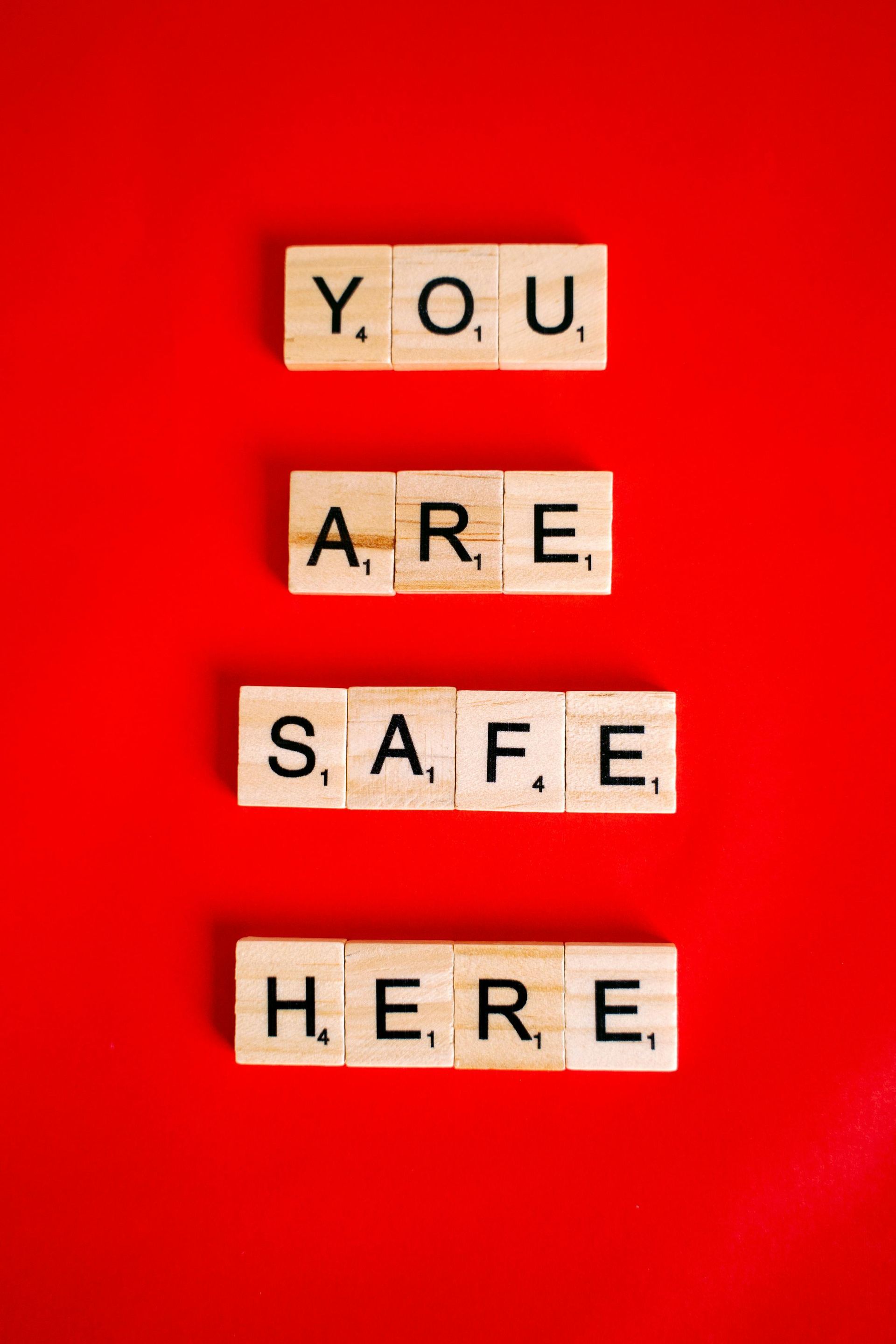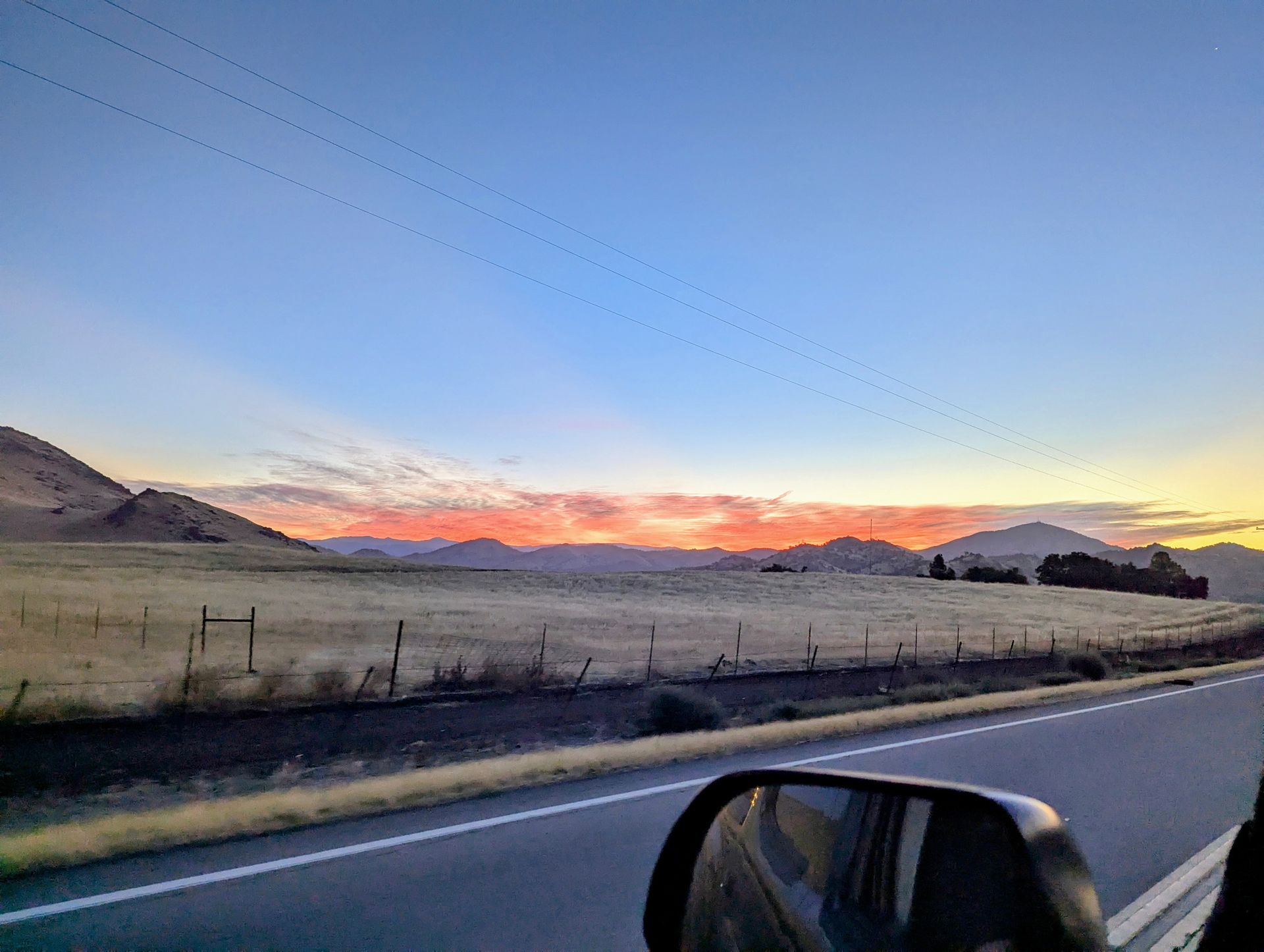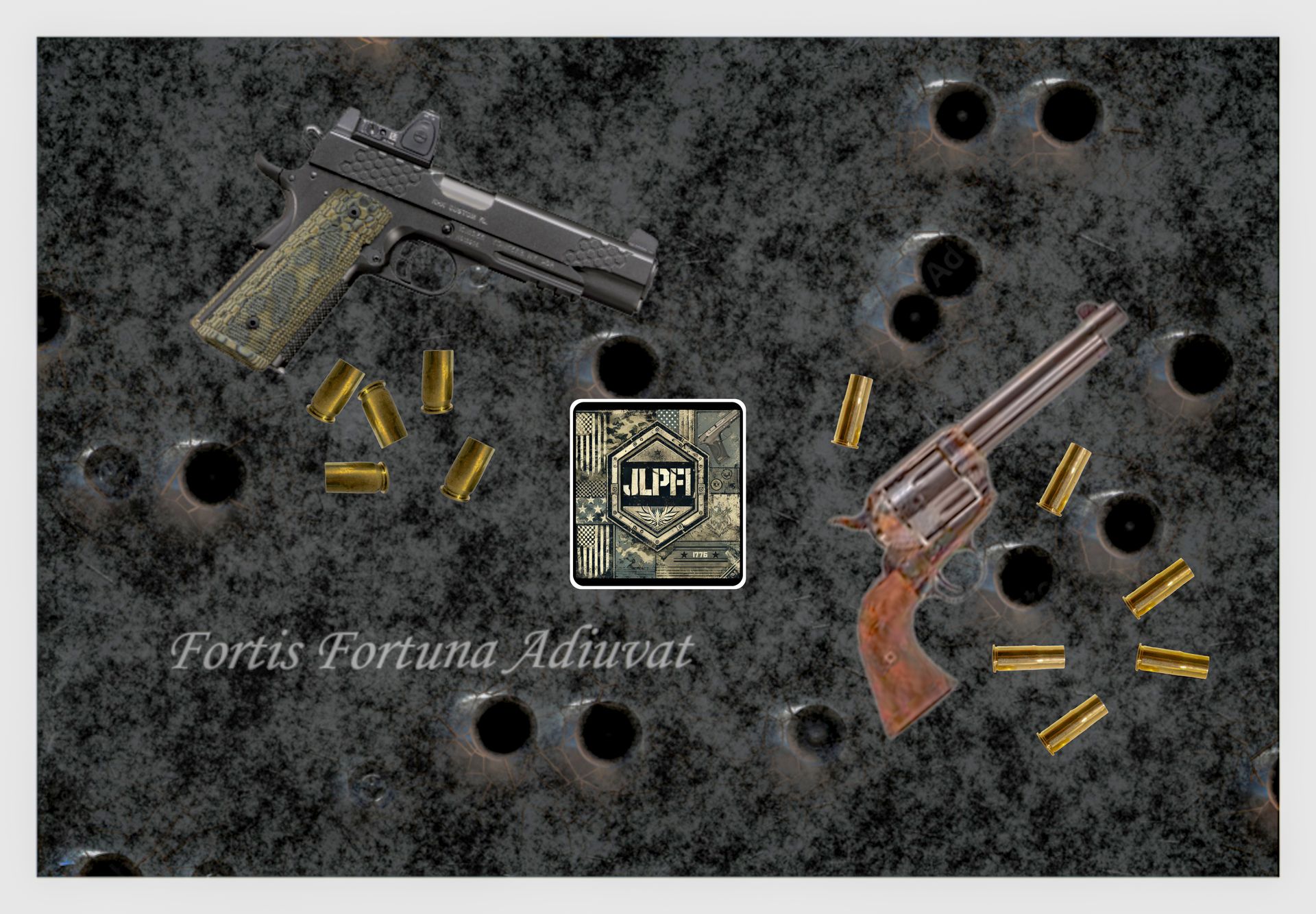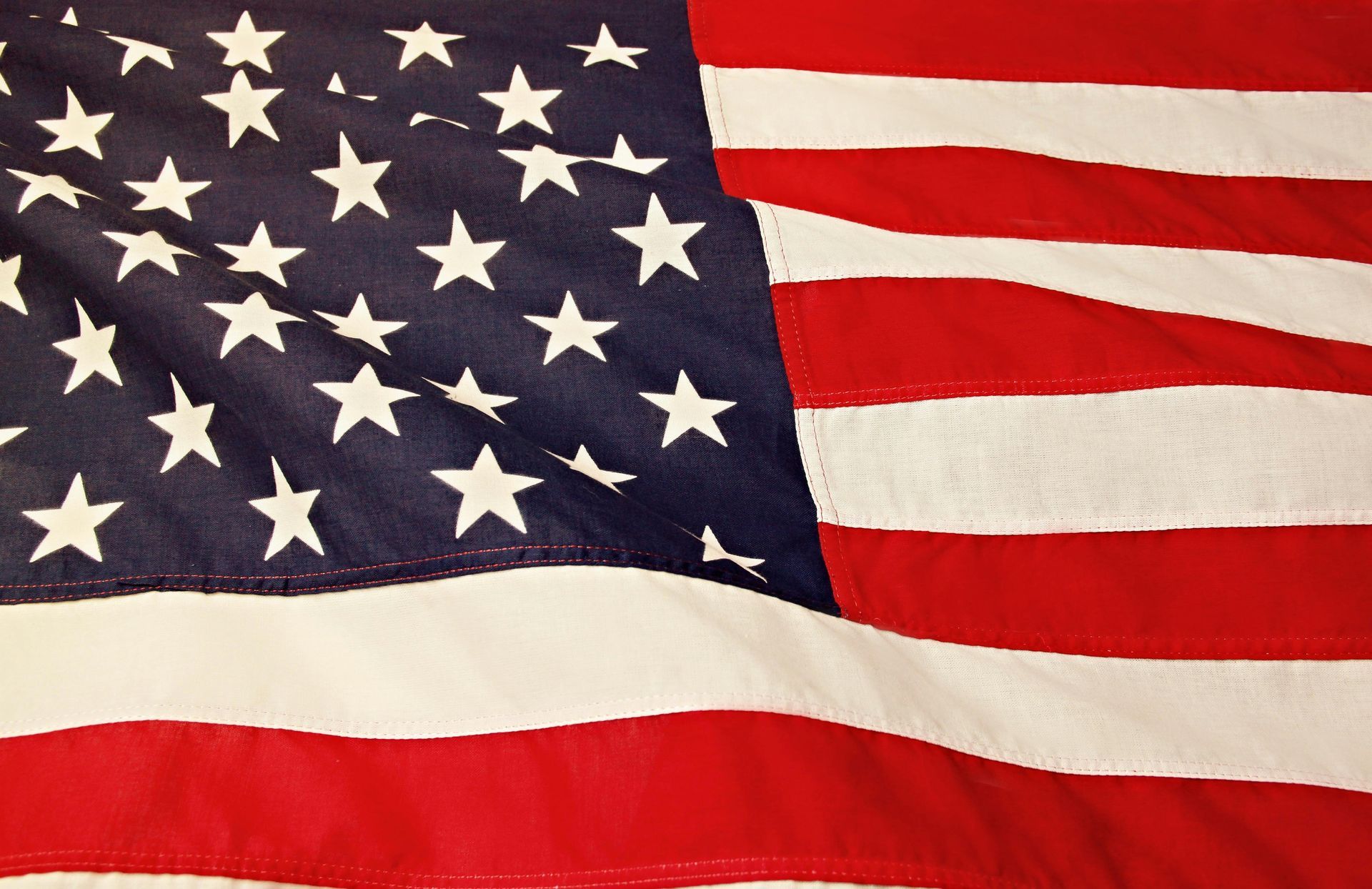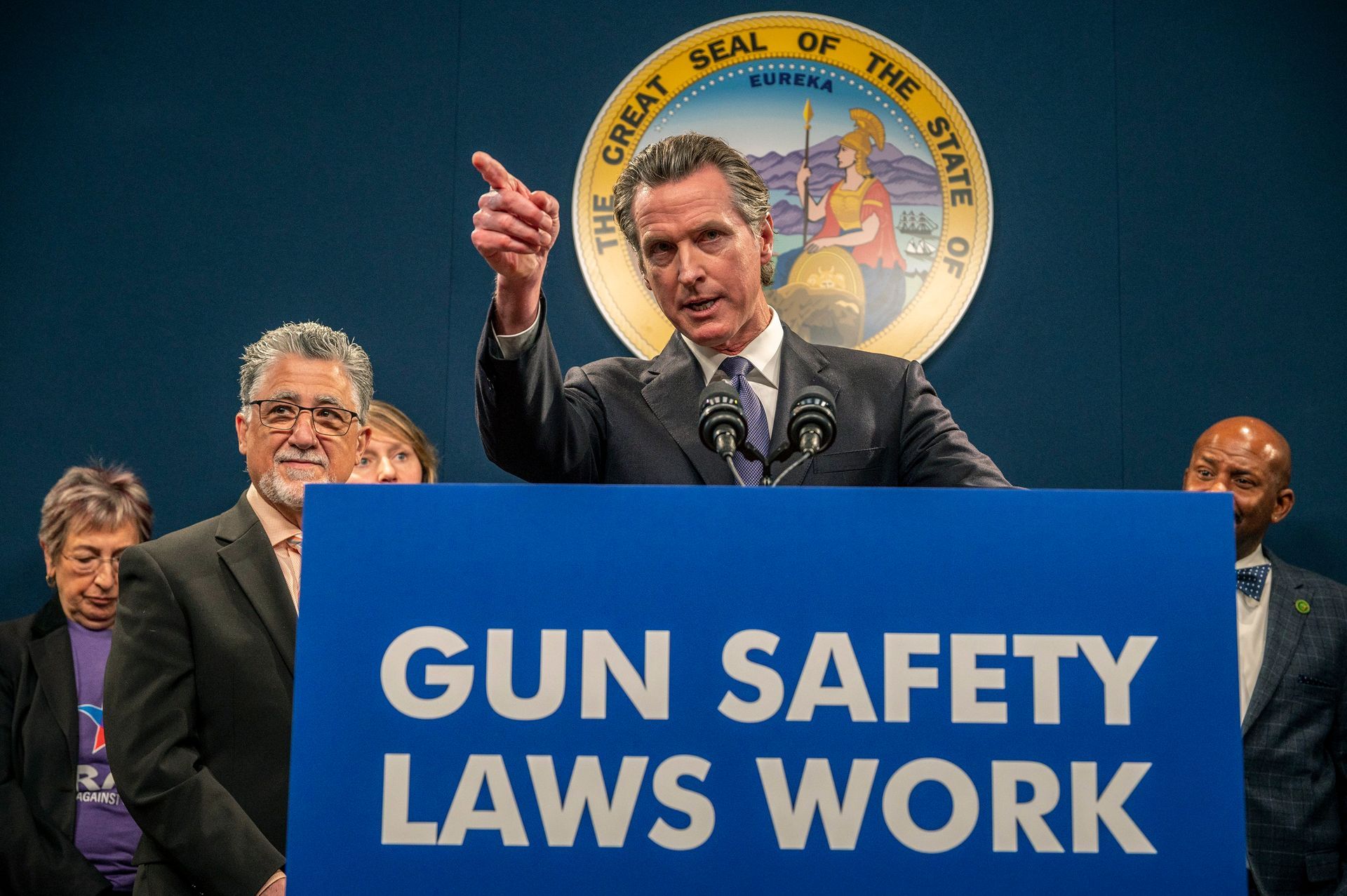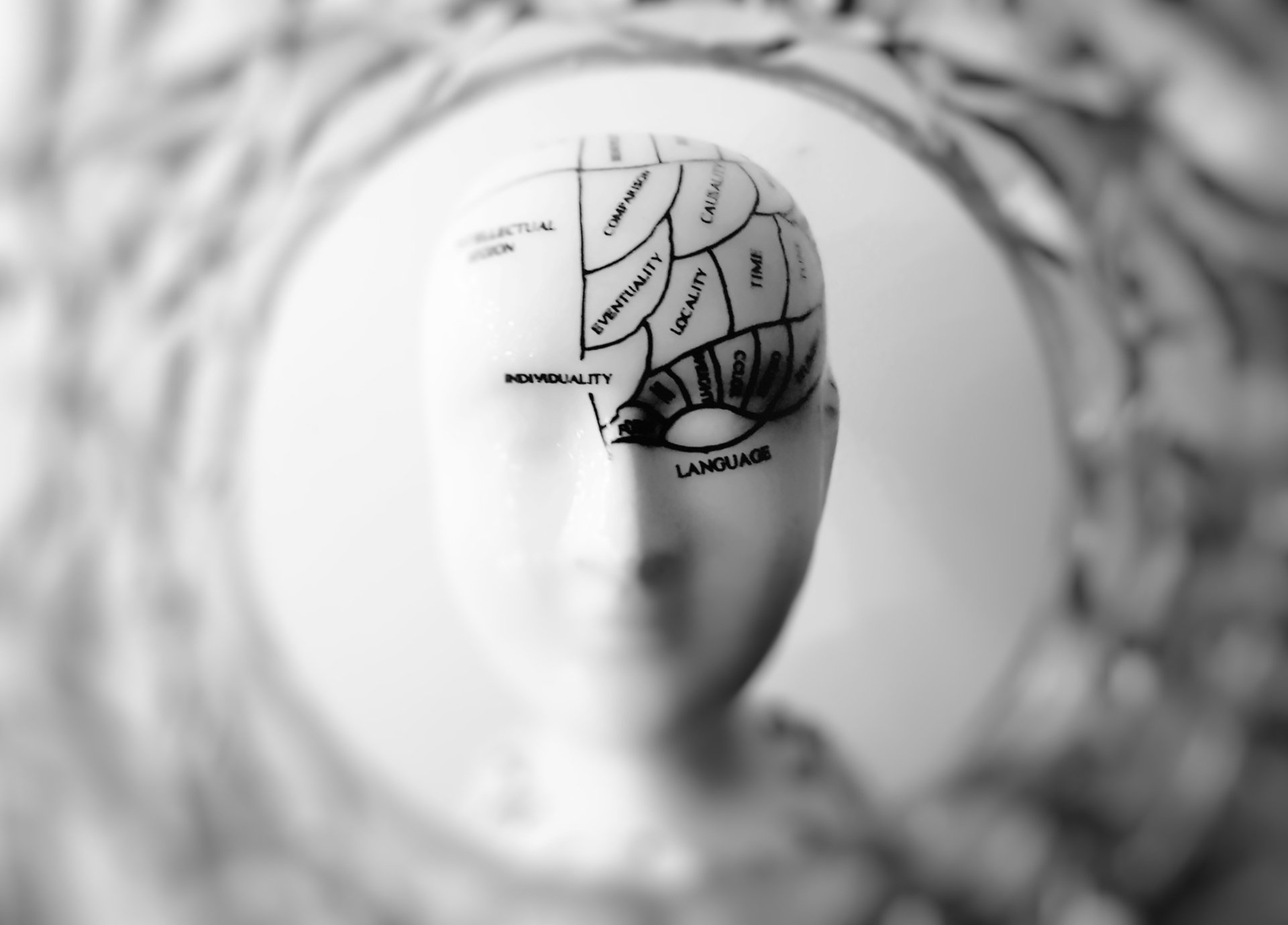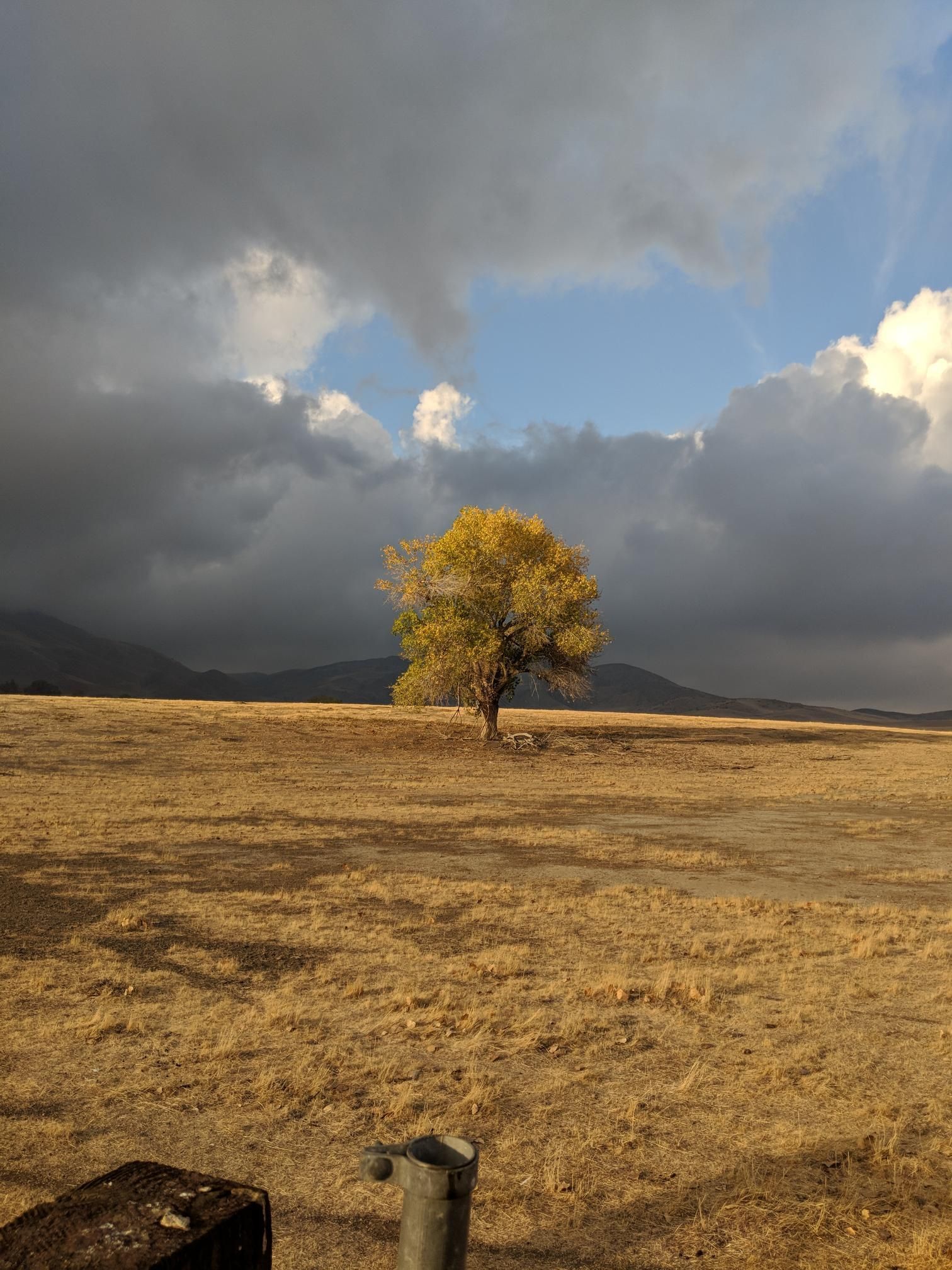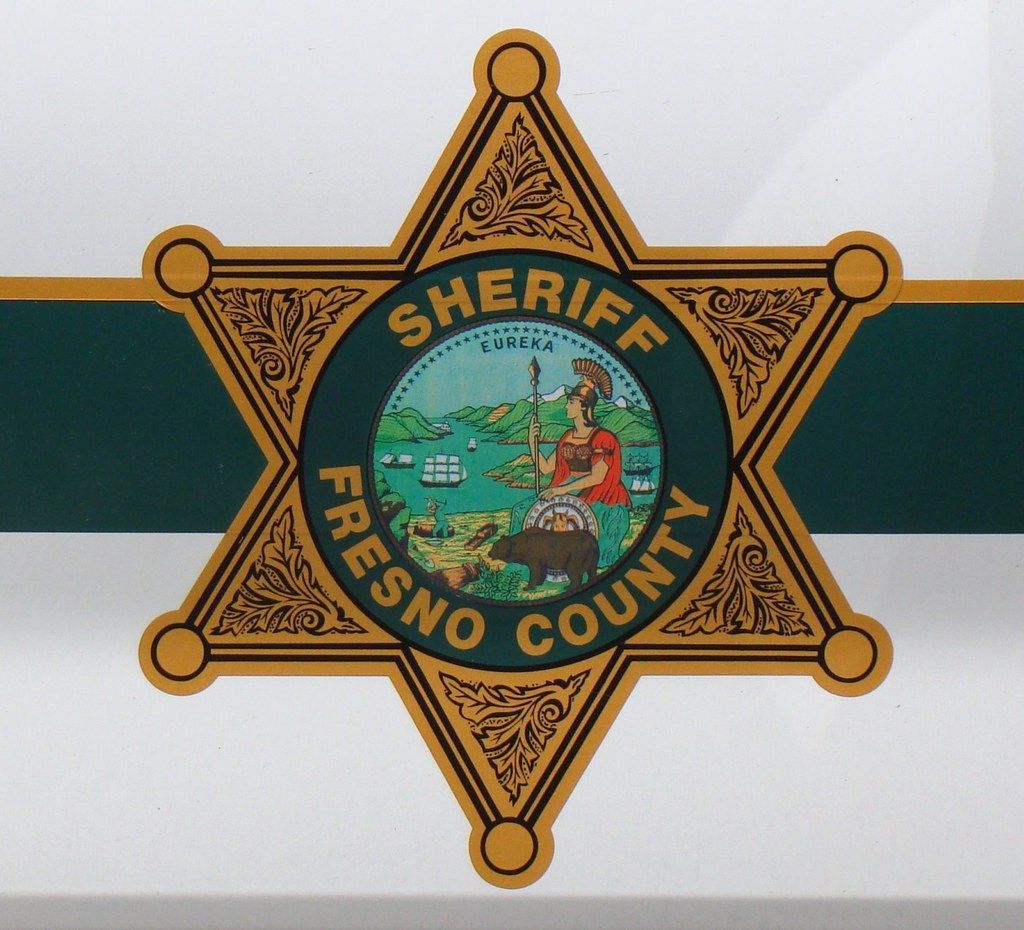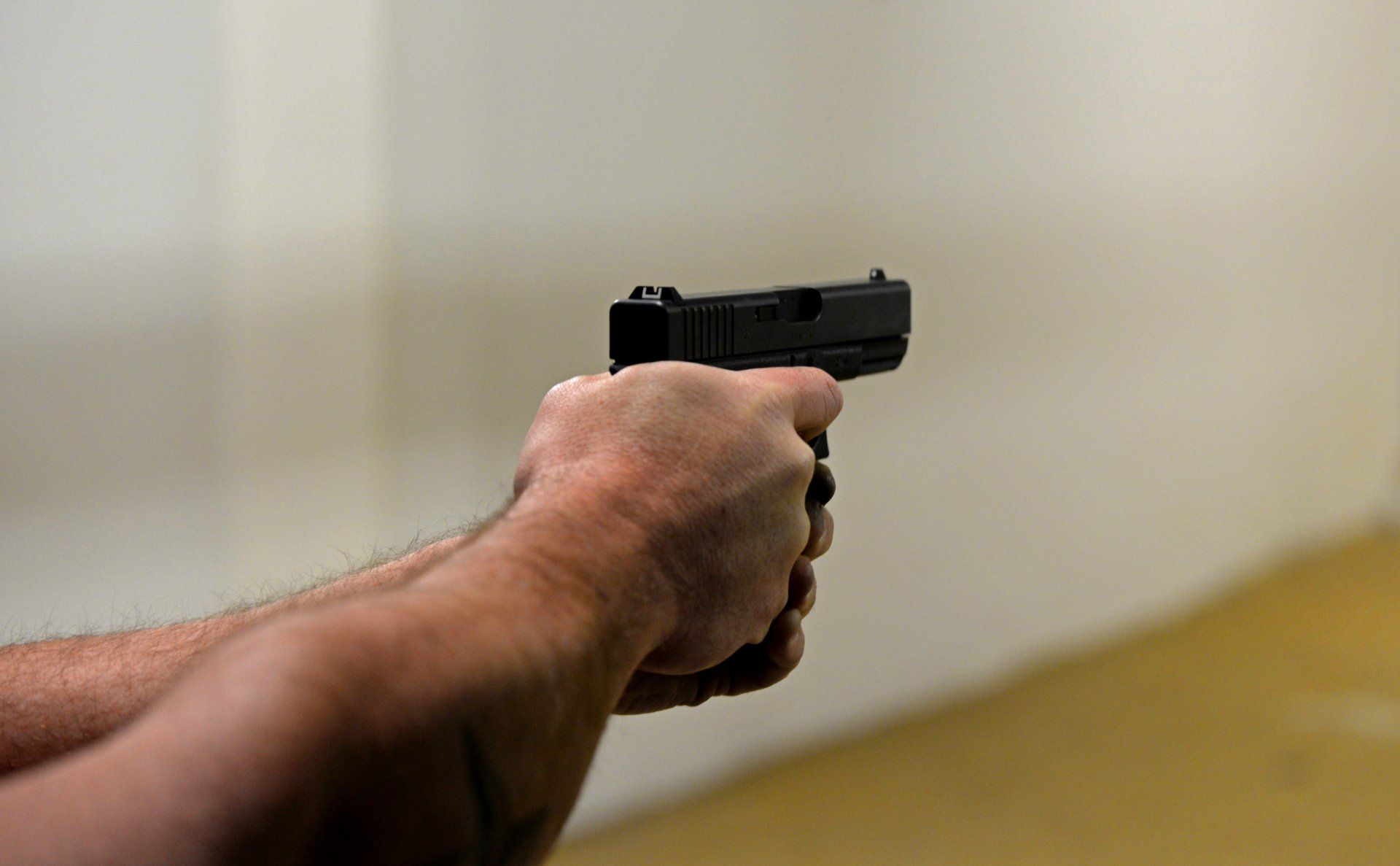September - YOUR ENVIRONMENT HAS CHANGED FOREVER!
New Gun Owners Seek Training!
JLPFI would like to express our appreciation for Cal Fire and all agencies that have taken on the Creek Fire. The devastation sadly affected some of our clients and we wish them the best through this tough time. Historic landmarks and homes were lost, but lives were spared and life goes on! The reports of looting are alarming as the evacuation orders have been lifted in some areas. The evil lurks around us. Stay aware, stay armed, stay alive!
The CV-19 mask is now the smoke mask as we all must protect our health from the ongoing bad air quality!
JLPFI does not ask what's next, we just prepare and remain focused!
JLPFI wishes to thank all of our new clients from August as first time gun owners seeking training for both home defense and concealed weapons training! Our training program continues to grow from many referrals of family and friends who have completed training with JLPFI. We also wish to thank our referral base of firearms dealers including Turners Outdoorsman Fresno and Halfcocked Gunsmithing in Clovis. Both of these popular dealers are reporting high demand for guns and ammunition. Turners Outdoorsman receives new shipments of ammunition on Monday and Thursdays after 11:00 a.m.
A big thank you as well to Sun Mountain Gun Club for the many referral clients sent to us in the month of August. Sun Mountain Gun Club continues to make improvements on their facility and is excited to hear from you! Consider a individual or family membership and make it a regular outing to Sun Mountain Gun Club!
JLPFI would like to remind each of you how important your training regimen is! We are welcoming more members every month that are taking on the challenges of advanced training and meeting the objectives of their missions!
We offer monthly membership sessions or 3, 6 or 12 month membership options. You can review these options on our website at https://www.jlpfi.com/memberships.
September continues with a smoky setting at both training facilities, but that has not stopped our faithful members and clients from their eagerness to train. The countdown to election day has begun and JLPFI understands the underlying tensions we are all going through with the uncertainty of the environment around us!
CCW Jurisdictional Updates:
Fresno County Sheriffs office is now booking initial CCW applicant interviews into March of 2021! Fresno County is encouraging anyone seeking to apply for a CCW to complete their training and apply online to get in line for an interview.
Madera County residents are able to apply with only a 2-4 week waiting time for an initial CCW interview.
It is your choice! Which one will it be?
JLPFI sees both revolver and semi-autos on the range daily! There is always a great mix of choices from all of our clients and there are some strong opinions on both sides!
The traditional "wheel gun" has always been the historical standard for concealed carry due to its size and ease of use. The Smith and Wesson model 36 5-shot revolver was one of Smith & Wesson's best selling firearms for many years. Double/single action revolvers evolved into a hammerless version along the way to prevent snags of clothing when drawing the weapon. The hammerless .38 special has become very popular and is a great choice for someone who has the strength to initiate the trigger properly to dismiss the movement of the muzzle before firing! JLPFI has witnessed several clients struggle with the double action pull of a revolver trigger because of the distal joint strength of the trigger finger can be depleted quickly in a training session! Under a life threatening situation, many double action revolver owners believe that their adrenaline will carry them through the harsh pull of the trigger and that they will win the fight! JLPFI accepts that scenario and adds that unless there is a regular regimen of dry fire training and live fire practice, a one shot stop may turn into a 5 shot mess!
Revolvers are extremely reliable and do not have a manual safety. They are easy to conceal, yet they can be difficult to draw and deliver accuracy in a stressful situation. It is important to remember the the cylinder MUST be tangibly locked into the frame for a revolver to function. Most people that own revolvers bought the weapon because the revolver cannot "jam". JLPFI warns all revolver owners that YES, your revolver can fail. The cylinder might not be locked into the frame or the bad guy in the imminent assault against you sees the weapon and grabs the body of the weapon entrapping the cylinder from rotating as you attempt to fire.
The message remains clear - WIN THE FIGHT and always know the condition of your weapon and react accordingly under stress!
Those that choose the semi-auto pistol over a revolver usually argue it will accommodate more ammunition, it delivers better accuracy, has a manual safety option and is still easily concealable. Your choice of a semi-auto handgun include a striker fired weapon like a Glock or Smith and Wesson Shield or Springfield Armory XD. You also might choose a 1911 design that is single action and requires that the hammer is cocked and locked. Others may also choose a double/single action semi-auto such as a Beretta, Heckler and Koch or Sig Sauer that has a hammer and a manual safety decocker. No matter which semi-auto handgun you choose, JLPFI reminds owners the importance of attending another training session to discover the intricate details of that particular weapon and the training challenges that come alive during the stress of safety lever manipulation, magazine changes, malfunctions and emergency reloading procedures.
The advantages to a semi-auto handgun over a revolver are only advantages if the owner learns them from professional instruction. Instruction manuals and You Tube only provide the warnings and questionable operation advice. (You Tube) JLPFI recommends that you own a few revolvers and a few semi-autos and come train with us!
At the end of the day, your muscle memory training will carry you through what you must do if you are forced to protect yourself! Stay safe and we hope to hear from you soon!
Recommended Reading!
Rich Grassi shares some great points to those who wish to study their firearms interests in both operation and training venues!
Enjoy this read:
You bought a gun. Ammo’s scarce and classes – where they’re happening at all – are constrained to class size, plus people are in line trying to get in. Is there a book – or books – to read to help them understand the gravity of their decision?
Some of the new owners “have minimal experience at a range with friends …,” but others “especially those who have traditionally leaned left, (don’t have) a clue.” At times advice is asked after the purchase of a gun is already done.
Now what?
While we can say “get training,” there are far more new gun owners than there are instructors or ranges for potential classes.
What one book would we suggest to a new gun owner that covers the basics of self-defense? If they can be turned to another book, what other book would we recommend?
While one correspondent was about it, some specifics were asked, to wit:
1. “What can a new owner read to give them the basics of armed self-defense with little or no prior knowledge of guns – but the gun is already purchased?”
2. “What book(s) can give an understanding of the basic legal/moral issues involved?”
3. “What book(s) can educate as to the physiological issues they’ll face?”
Negative Outcomes
That’s a tall order. Going to first things first, I’m a bit less concerned with teaching gear, law, ethics and the like without first addressing problems we’ve seen in the past. For that we turn to our friend Claude Werner, the Tactical Professor. There’s nothing he’s written that’s not critical for new, untrained types (and for the rest of us too). The standout for new owners is Serious Mistakes Gunowners Make – The Book. Also available in spoken form, the book is not about shooting firearms; “it is about Decision Making, specifically what leads to Bad Decision Making.”
This is a thinking person’s game. What you think leads to decisions, which lead to actions – which lead to outcomes. While caliber commandos and gear-heavy types discuss minutia at length, people don’t see the “desired outcome for owning” the gun.
If you can operate the gun safely, the big issue is knowing what to do … and what not to do. This goes well beyond defense to other more common, still critical issues including safe storage, laws regarding carry of firearms – or even simple possession of them.
Avoiding mistakes is a good idea. These are characterized as Legal Mistakes, Imprudent Mistakes and Mechanical Mistakes.
“In the course of my research, I also found numerous lists of ‘Concealed Carry Mistakes’ or similar subjects. However, what I noticed was that those lists mostly focused on what gunowners and carriers do that deviates from the dogma of the training industry. (Emphasis added.) What they didn’t do was to cite actual examples of how people had gotten into trouble with guns, the decisions that led to their predicament, and how to avoid them.”
Owning a gun is a two-edged sword. We balance power with responsibility. I learned early on in my association with Massad Ayoob a confirmation of what I’d been taught as a child: with every advantage, privilege, right comes an equivalent responsibility. You own the decisions you make – and you pay for them.
To avoid these mistakes, a good many not covered in typical classes for concealed carry licensing, you need to read this book. Why make the mistake when someone else already has?
Consider this: “Firearms need to be a thinking person’s tool, not merely a talisman kept in a dresser drawer. When they are necessary to prevent death or serious bodily injury, firearms are an absolute necessity. The rest of the time, we need to be constantly aware of the fact that they are potentially deadly instruments to be treated with utmost care and attention.”
Basics
There are three books in this category. The first is the smallest and now available on the internet at no charge. If you think that “expense = value,” you’d be wrong in this case. The second and third are broadly available through one of the biggest publishers of gun books out there. They cover the ground from gear and goods through application through understanding the dynamics of criminal violence, physio-psychological aspects of deadly encounters and the legal battlefield.
First, we have the second edition of Defensive Use of Firearms – January 1, 2010, by Stephen P. Wenger. Concise, clear and well-illustrated, it gives a grounding in defense gun use. It includes “a continuum for close-quarters combat,” something that’s given little consideration in many places. It’s packed with common sense advice, nicely illustrated to assist comprehension. There’s a glossary, necessary to communicate in the technical field of guns – and the law.
He goes through safety first, as one should, including what’s come to be taken as Rule 5 (of the Four Rules). He properly considers the critical aspects of defensive gun use in order as mental awareness, mental preparedness, tactics, skills and choice of equipment.
All of the book is choice material – and he’s someone who still articulates a “safety circle” to keep the muzzle orientated to avoid those pesky Rule 2 issues.
You have nothing to lose – but a lot to gain – by reading this book.
The next book in the ‘basics’ category is the broadly based, well-illustrated and explained , Concealed Carry Class: The ABCs of Self-Defense Tools and Tactics. As the title states, it’s a complete course – all but the shooting on the range in front of an instructor/coach and the state/local law issues.
The books by Wenger and Givens are outstanding primers for armed self-defense. Below, line drawings by Jeff Cahill illustrate Wenger's book, and enhance understanding.
The first part of the book accounts for the ‘software’ issues, those things that are critical and too seldom addressed. This includes general legal issues, stress mitigation, awareness and decision-making under stress. The second part is the gear: selecting the firearm, support gear, ammunition as well as technique – how to shoot.
Consider the essential issue: why carry a gun? What’s the problem you seek to solve? That can be followed up with the social consideration: is it legal . . . are you “permitted?” Once you pass that obstacle, consider when can you . . . should you, must you . . . use deadly force – or any force at all.
The answer is foundational to use of force in personal defense generally. “The question should never be, ‘Can I shoot him?’” he says. “The question should always be ‘Do I have to shoot him?’”
He mentions ‘intelligence’ activities, considering how ‘the other side’ thinks and acts. Here’s a clue: they don’t think like us. You have to recognize the problem before you can act to counter it. This calls for threat assessment to guide your training priorities – what do you have to prepare for . . . what should you prepare for?
For less than a couple of boxes of practice ammo, you get a lot of information – and a way to guide your use of that ammo. Give it a read – even if you are going to a class. You’ll learn things.
Finally, if you want to know what the battlefield looks like, how the enemy thinks and operates, how to best prepare for battle and what potential disasters await in the aftermath, you need to buy this book: Straight Talk on Armed Defense.
Edited by Massad Ayoob, it’s a collection of articles from the top in the fields of mental preparation, awareness, psycho-physiological issues, the aftermath of the event, examination of the violent actor, recognizing pre-assaultive behaviors, mental programming and more. The rest of the book includes top flight pieces on training and the legal aftermath – by people well versed in the issues.
More important than the gear -- guns, calibers, ammo, support gear – is the preparation of the person who has to face the threat. It’s best to avoid the fight: if you learn nothing else from this book, you learn that. More importantly, you need to not be surprised by the inhumanity of the violent criminal offender.
The Law
Someone who writes (and speaks) intelligently about practical aspects of armed defense -- Massad Ayoob -- is also educated in the legal aspects. Along with the legal, he also has edited a book by experts on preattack cues, criminal mindset, awareness, psycho-physiological issues, and more.
First, we look at the book that started it all in the field of the legal aftermath of defensive gun uses: In the Gravest Extreme: The Role of the Firearm in Personal Protection. Not a new book, still relevant to give context to the current situation, it’s the primer on the judicious use of deadly force. It is essential groundwork for the potential legal attacks – criminal and civil – that can follow self-defense. The update to it, likewise critical –due to its timeliness – is Deadly Force: Understanding Your Right to Self Defense.
An additional 30 years of experience in court as well as changes in the national landscape in the area of lawful carry of firearms (with- and without permits), changes of the Castle Doctrine in terms of lessening the requirements to demonstrate you attempted to retreat – all combine to make this an essential in understanding the ethical, moral and legal issues in armed self-defense.
Mas isn’t a lawyer – though he’s presented at continuing education classes for lawyers – and he doesn’t give legal advice. He’s a guide through the treacherous venue, the legal morass leading up to and during litigation.
While you’re about legal aspects, sign up for the Armed Citizen Legal Defense Network – Not insurance, but a group that combines a group of attorneys and a funding mechanism to assist in the aftermath of a self-defense incident. Not only does it provide assistance with legal fees, there’s a considerable education effort in the Network – and that alone is worth the cost.
Education is essential, training is mandatory!
JLPFI- All rights reserved.



